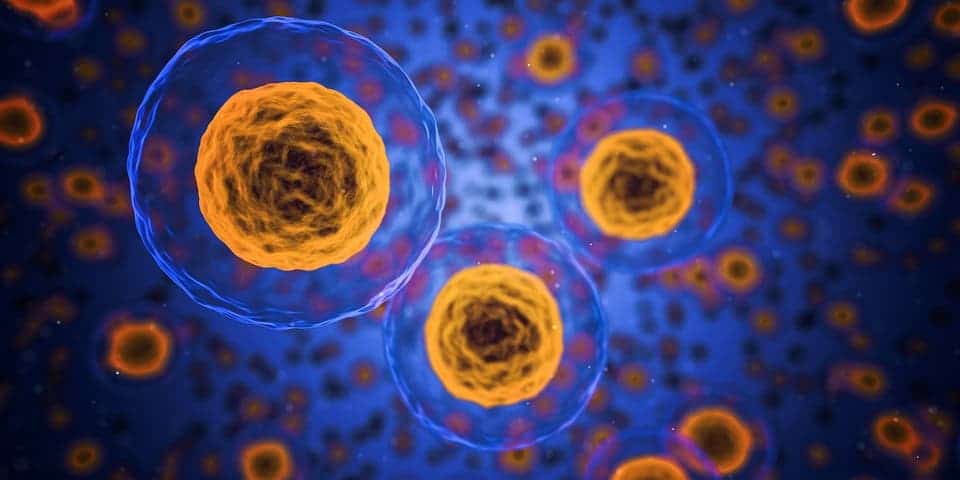
The human body is comprised of systems, which are composed of organs, which are composed of tissue, which are composed of cells. It follows that the body’s physiology is directly linked to cellular performance and health. One of the essential mechanisms that ensure cells function properly is the removal of waste proteins — and according to a new study, both exercise and fasting can boost this process.
Turbocharging waste removal
A research group at the Harvard Medical School led by Alfred Goldberg, professor of cell biology, is known for its groundbreaking work in protein-disposal systems. Previously, Goldberg’s lab showed that certain drugs can boost the levels of a molecule called cAMP, triggering a cascade of effects which lead to the removal of junk proteins. This occurs when ubiquitin molecules mark old, defective, and toxic proteins for destruction by the cell’s protein-disposal unit, known as the 26S proteasome. This process is called the ubiquitin-proteasome pathway, or the ‘kiss of death’ as some scientists poetically refer to it.
Stimulating the destruction of defective or toxic proteins is important for certain individuals where this pathway is slow. Mutated proteins are particularly threatening since their buildup can lead to neurodegenerative diseases such as amyotrophic lateral sclerosis (ALS) and Alzheimer’s. Over-stimulation can also be a problem as excessive protein removal can lead to muscle wasting in cancer patients or cause muscle atrophy.
In a new study, Goldberg and colleagues have found that the same cellular quality control can be regulated independent of drugs, through fluctuations in hormone levels triggered by exercise or fasting. Experiments were carried out with four human volunteers, in the case of exercise, and mice, in the case of fasting. The researchers found that exercise led to greater levels of cAMP, thus producing more molecular marks for protein degradation. Fasting for 12 hours produced similar effects on the protein-breakdown pathway, enhancing its activity in the muscle and liver cells of mice.
In another round of experiments, the researchers showed that an array of hormones, including glucagon (glucose stimulant), epinephrine (also known as adrenaline, which boosts muscle strength during stress), and vasopressin (the antidiuretic hormone that helps the body retain water), were involved in protein degradation.
“Our findings show that the body has a built-in mechanism for cranking up the molecular machinery responsible for waste-protein removal that is so critical for the cells’ ability to adapt to new conditions,” Goldberg said in a statement.
“This is truly a new way of looking at whether we can turn up the cellular vacuum cleaner,” Goldberg said. “We thought this would require the development of new types of molecules, but we hadn’t truly appreciated that our cells continually activate this process.”
The benefits of exercise and fasting are, by now, well documented. Even moderate amounts of daily physical activity protect the brain, heart, and other important organs, keeping the body young and the mind fresh. Meanwhile, fasting has been shown to improve cellular regeneration and increase lifespan. The new findings now suggest that exercise and fasting may reduce the risk of developing conditions associated with the accumulation of misfolded proteins. In the future, this newly identified pathway for protein degradation could be the object of novel therapies.
“The beauty and the surprise of it is that such new treatments may involve churning a natural endogenous pathway and harnessing the body’s pre-existing capacity to perform quality control,” Goldberg said.
The findings appeared in the journal PNAS.






